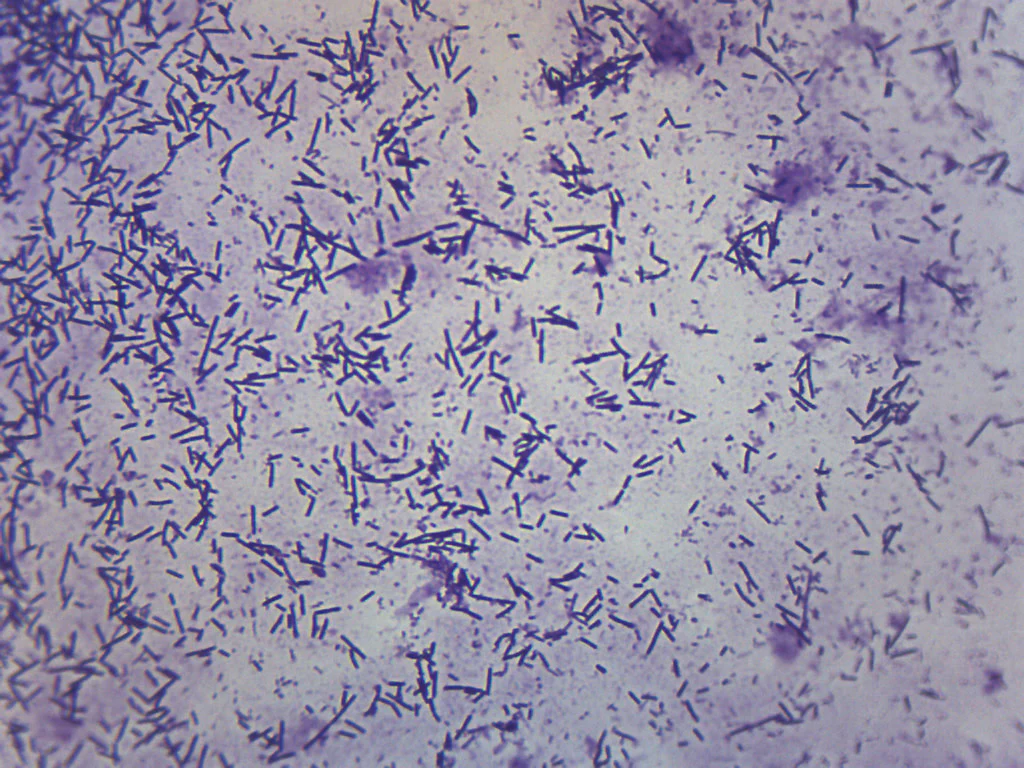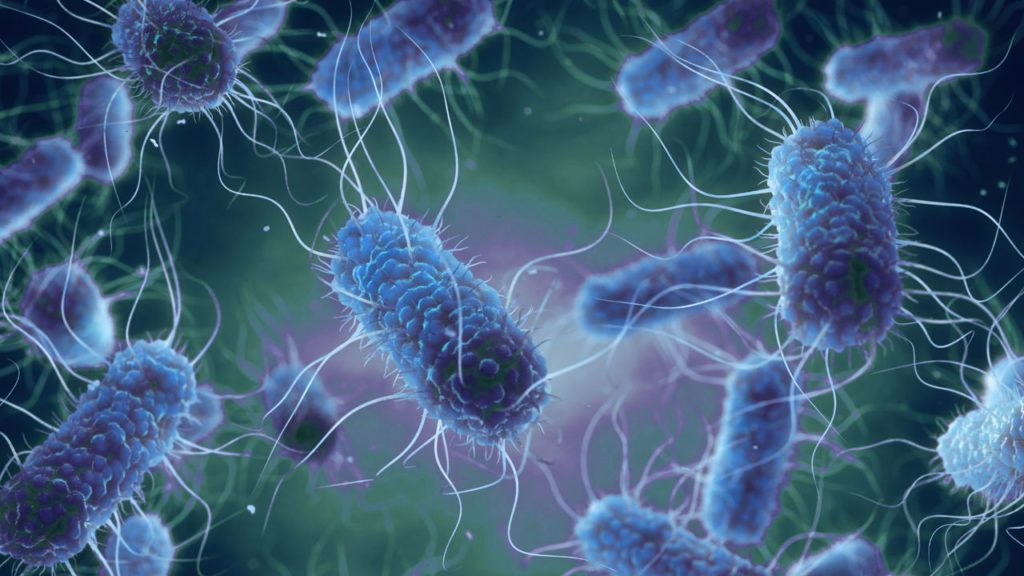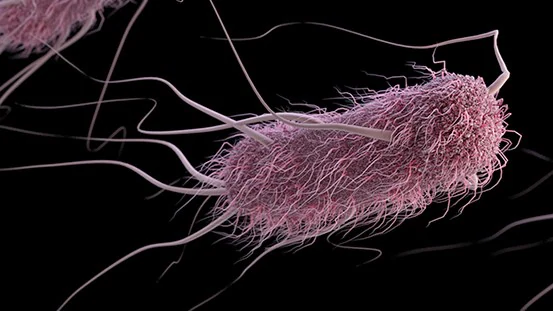E. coli (Escherichia coli, abbreviated as E. coli) is one of the most famous bacteria in the world. It is a natural inhabitant of the intestines of humans and animals, playing an important role in digestion and vitamin synthesis. However, some strains E. coli They can be dangerous, causing serious illnesses, including food poisoning, urinary tract infections, and even severe systemic infections.
In this article, we will look in detail at the biological features E. coli, its significance for humans, transmission methods, pathogenic strains, diagnostic and treatment methods, as well as the use of this bacterium in science and industry.

1. General characteristics and scientific classification
🔬 Scientific classification:
✔ The Kingdom: Bacteria (Bacteria)
✔ Type: Proteobacteria (Proteobacteria)
✔ Class: Gamma-proteobacteria (Gammaproteobacteria)
✔ Orders of magnitude: Enterobacteria (Enterobacterales)
✔ Family: Enterobacteria (Enterobacteriaceae)
✔ Gender: Escherichia
✔ View: Escherichia coli
2. morphology and biological features
🔹 Main Features:
✔ Gram-negative bacteria
✔ Shape: Rod-shaped
✔ Dimensions: 1-3 microns long and 0.25-1.0 microns wide
✔ Mobile due to flagella (in most strains)
✔ Can form biofilms
Optional anaerobe (can live with or without oxygen)
🔹 Physiological properties:
✔ Reproduces by dividing every 20 minutes under favorable conditions
✔ Optimal temperature for growth: 37°C
✔ Can ferment lactose used in laboratory tests

3. natural habitat
🌍 Where does it live?
✔ Human and warm-blooded animal intestines
✔ Soil, water, plant residues
✔ Food products (milk, meat, vegetables)
🔹 Role in nature and the body:
✔ Helps digest food
✔ Synthesizes vitamins (such as vitamin K)
✔ Competition with pathogens
4. Benefits and applications of E. coli
🔬 Use in science and industry:
✔ Genetic engineering and biotechnology (production of insulin, hormones)
✔ Creating Probiotic products
✔ Water biofiltration and environmental cleaning
🦠 Natural benefits for the body:
✔ Balance of intestinal microflora
✔ Protection against pathogenic bacteria
5. pathogenic strains: danger to humans
Some strains E. coli they can cause serious illnesses.
🔹 Major pathogenic strains and their consequences:
✔ ETEC (Enterotoxigenic E. coli)- causes travelers ' diarrhea
✔ EPEC (Enteropathogenic E. coli)- causes childhood diarrhea
✔ EHEC (Enterohemorrhagic E. coli), including O157:H7 - causes hemorrhagic colitis
✔ UPEC (Uropathogenic E. coli)- the main cause of urinary tract infections
✔ NMEC (Neonatal Meningitis E. coli)- causes meningitis in infants
6. methods of infection and prevention
⚠ How is E. coli transmitted?
✔ Through contaminated water and food
✔ From animals or through contact with contaminated surfaces
✔ Non-compliance with hygiene rules
🛡 How to protect yourself?
✔ Wash your hands before eating
✔ Heat treatment of meat and milk
✔ Avoid contact with dirty water
✔ Comply with health regulations in public places

7. symptoms and diagnosis of infections
🤒 Main symptoms:
✔ Diarrhea, nausea, vomiting
✔ Abdominal pain
✔ Fever
✔ In severe cases-kidney damage, sepsis
🔬 Diagnostic methods:
✔ Bacteriological culture of feces, urine, and blood
✔ Toxin test E. coli
✔ PCR analysis for strain identification
8. treatment of E. coli infections
💊 Methods of therapy:
✔ Rehydration (restoring the body's fluid level)
✔ Symptomatic treatment
✔ Antibiotics (only as prescribed by a doctor)
✔ Probiotics to restore microflora
🚫 What can't be done?
Taking antibiotics without control can make your condition worse
Eat raw meat and unpasteurized milk
9. Is E. coli a biological weapon?
Some pathogenic strains of E. coli can be used as biological weapons because of their ability to cause severe infections. However, modern security measures and sanitary controls can prevent such threats.
10. Interesting facts about E. coli
✔ E. coli it was discovered in 1885 by the German scientist Theodor Escherich
Some of its strains can survive for months in soil and water
✔ Used in genetic research to study DNA
One gram of human faeces can contain billions of E. coli
✔ Strains E. coli used to create vaccines
Conclusion
E. coli is not just a microorganism, but an important element of the human and natural ecosystem. It can be both useful and deadly. Good hygiene, proper food preparation, and knowledge of potential risks can help protect your health and avoid dangerous infections.
